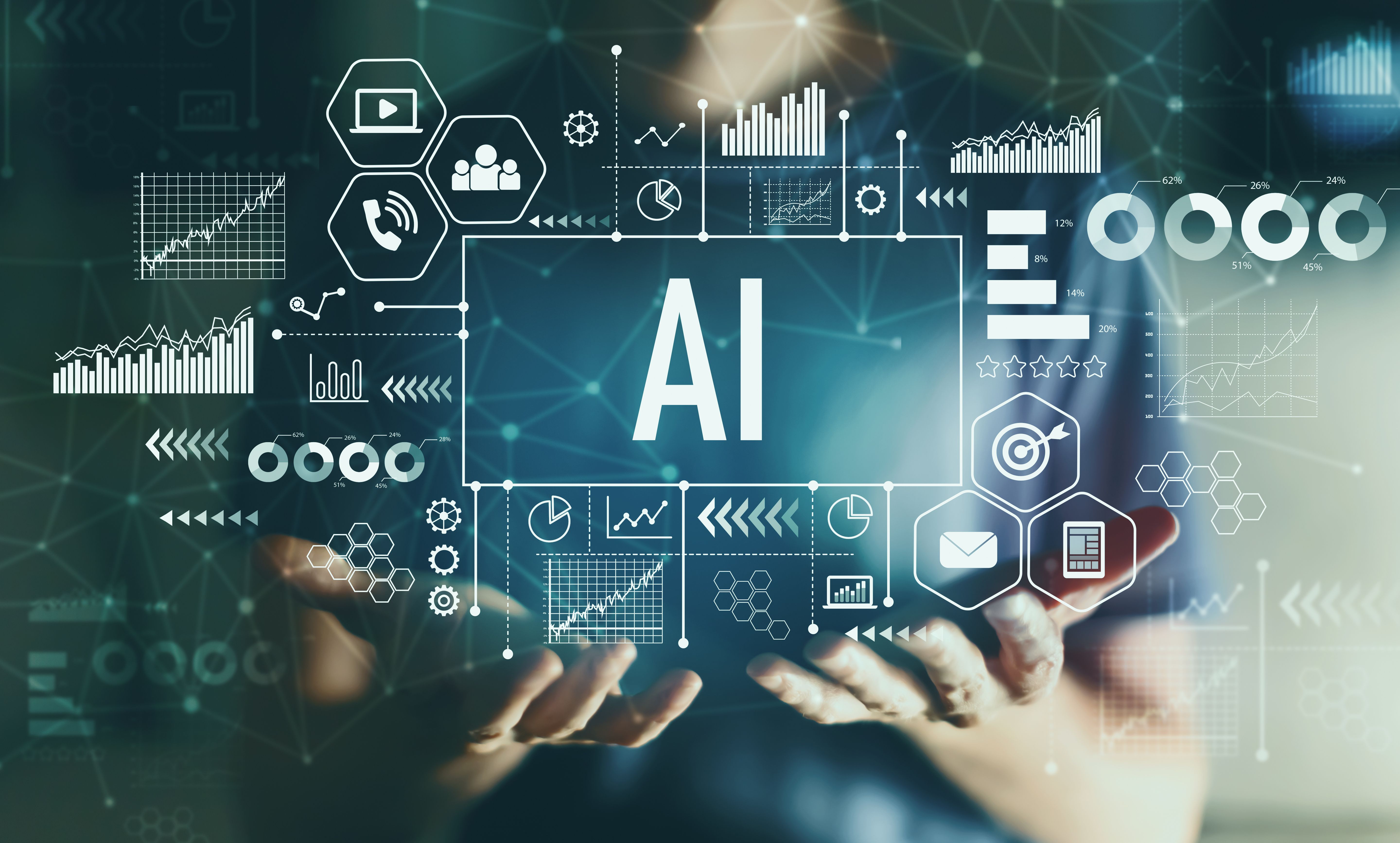- Center on Health Equity & Access
- Clinical
- Health Care Cost
- Health Care Delivery
- Insurance
- Policy
- Technology
- Value-Based Care
Experts Highlight AI's Potential to Enhance ILD Diagnostic Accuracy Amid Limitations
Experts at the CHEST 2024 annual meeting agreed that artificial intelligence (AI) should not be relied upon entirely, but instead be used as a tool by radiologists to make a diagnosis of interstitial lung disease (ILD).
Experts at the CHEST 2024 annual meeting in Boston, Massachusetts, discussed how artificial intelligence (AI) tools can enhance diagnostic accuracy for interstitial lung diseases (ILDs) amid their limitations.
During the session “AI in ILD Imaging: The Future is Here,” Michael Morris, MD, associate professor at the University of Arizona College of Medicine, who uses AI tools for image interpretation, noted that most senior radiologists only achieve diagnostic accuracy about 80% of the time, leaving room for improvement that AI may help address.
Experts at the CHEST 2024 annual meeting discussed the potential of artificial intelligence (AI) tools to enhance diagnostic accuracy for interstitial lung diseases (ILDs) while also addressing limitations. | Image Credit: Tierney - stock.adobe.com

Bruno Hochhegger, MD, PhD, clinical professor of radiology at the University of Florida College of Medicine, provided an overview of 2 commonly used AI techniques: machine learning and deep learning. He explained that machine learning relies on labeled data, with labels representing the “gold standard” for what the AI is trying to identify. Therefore, the AI system compares the input data to these labels to make classifications.
In the context of ILD, Hochhegger noted that machine learning requires a radiologist to label specific features of a lung CT scan that indicates honeycombing, which is a sign of end-stage ILD. Then, the AI system compares this labeled data with a large database of lung CT scans to help identify and diagnose ILD cases. Although machine learning methods do not require extensive technology, he emphasized that the radiologist must confirm whether the AI’s identification of honeycombing is accurate.
Conversely, deep learning typically uses neural networks to analyze data without needing explicit labels, allowing the algorithm to discover patterns and insights independently. These models automatically learn features from the data by using its structure to categorize objects and identify patterns.
Hochhegger explained that deep learning algorithms break down ILD lung CT scans into numerous small segments and compare them with a large database of lung CT scans. Deep learning algorithms can identify patterns in these segments and draw conclusions about the scan without relying on prelabeled data. Morris added that more advanced deep learning algorithms can identify features invisible to the human eye.
Although deep learning requires more computational power than machine learning, Hochhegger highlighted that it has the advantage of not needing manual label input from a radiologist.
Consequently, unlike machine learning, it is unclear what in the “black box” of deep learning is used to predict outcomes; he considered this a limitation. To ensure accurate ILD identification by AI, especially with deep learning, Hochhegger suggested using large databases of diverse patients. Exposure to patients of diverse backgrounds can help improve the algorithms' accuracy in diagnosing ILD.
Kevin Brown, MD, professor of medicine and chair of the Department of Medicine at National Jewish Health, listed additional AI limitations that may impact ILD diagnoses. These include data bias, which leads to outcomes that do not accurately reflect the reality being modeled; technical bias, resulting from changes in the underlying technology; and automation bias, where individuals favor AI decisions over conflicting data or human judgments.
While AI is not yet ready to replace radiologists entirely, Morris emphasized that these algorithms can enhance diagnostic accuracy beyond what radiologists achieve alone, particularly when they integrate clinical information with imaging data. Therefore, AI should not be relied upon entirely, but instead be used as a tool by radiologists to make a proper ILD diagnosis. With numerous AI algorithms available, he recommended that radiologists select one that aligns with their practice’s needs, posing the question, “Does this algorithm work with my particular data?”
Overall, Morris explained that AI is helping to democratize access to ILD diagnoses, leveling the playing field among health care providers. While academic institutions are often most qualified in making ILD diagnoses, AI is helping to distribute this expertise to a broader range of clinicians and health care settings.
“AI is really key in terms of democratizing access for both US clinicians and patients in terms of receiving the best possible care,” Morris concluded. “Hopefully we can use AI to help improve and facilitate medical diagnoses and ultimately improve outcomes.”
